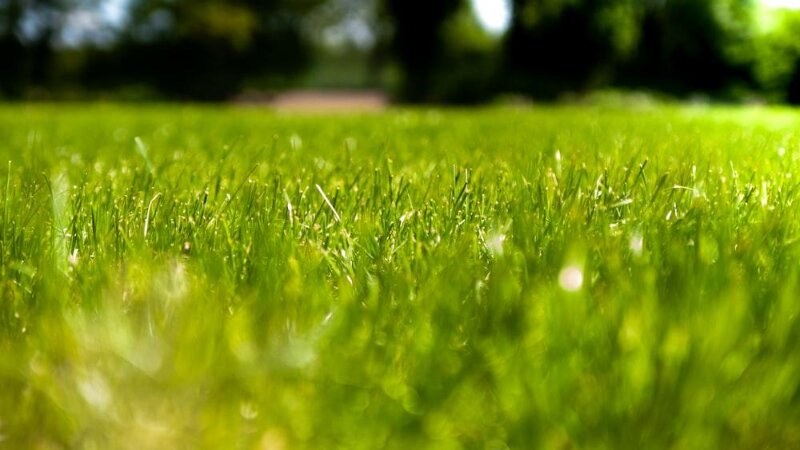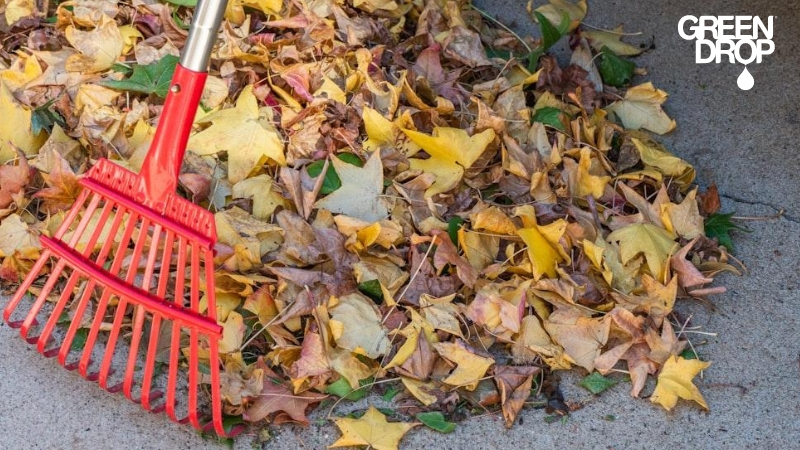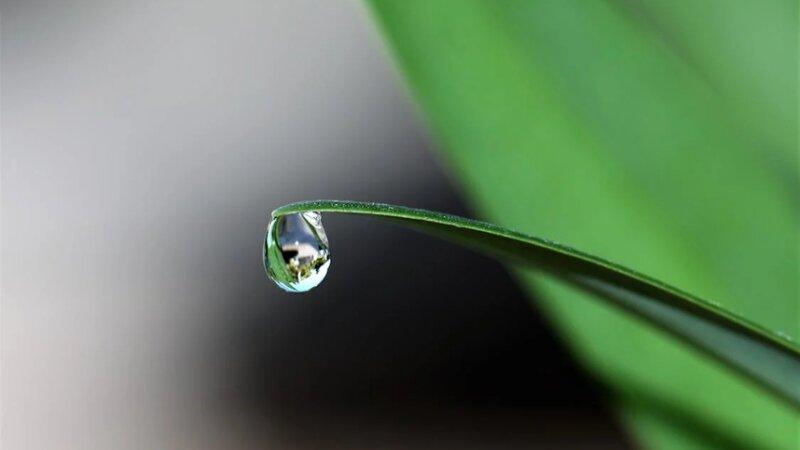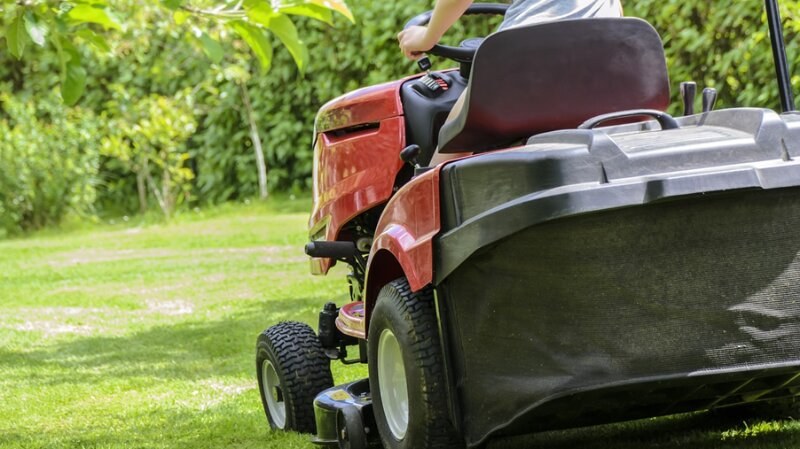What Should You Do Before and After Lawn Aeration and Overseeding
Reading time: 5 minutesTaking care of your lawn can seem intimidating, but the time and effort you put into keeping your grass healthy has a high payoff.
Lawn Aeration and overseeding are two key activities for preparing your lawn for spring. Here’s what to do beforehand to get your grass ready and things to do after to keep your lawn lush and looking great.

How to Prepare Your Lawn for Aeration and Overseeding
Preparation is crucial for effective aeration and overseeding. Be sure to take these important steps before getting started.
Rake Any Leaves

Get your lawn in tip-top shape—that means raking up any leftover leaves and clearing off any debris that may have accumulated on your lawn. Starting with a clean pallet will produce the best results.
Mow Your Grass
Ideally, you should mow your grass to a height of about 2 inches before aerating. If you want a closer cut, you can lower your mower to 1.5 inches, but avoid going much lower as you risk scalping your lawn. Mowing first is important because it helps keep tall grass away from the aerator and allows seeds to make contact with the soil when you scatter them afterward.
Water Your Lawn
Before aerating and overseeding, your lawn should be moist but not soggy. Check the weather before getting started, and make sure there won’t be any rain too close to the day you plan to work on your lawn. If your soil is too dry, the aerator machine might be unable to cut through the hard dirt to create a core. The machine will have difficulty pulling out the muddy cores when the soil is too wet.
Be sure to water just enough to get your soil soft and damp to the depth you want to aerate. If you end up watering too much or it rains when you’re not expecting it, you should let your grass dry out a little before aerating.
Mark Things to Avoid
A core aerator may look somewhat like a lawnmower, but that's about where the similarities end. Aerators are heavy equipment with metal tines that can easily cause injury or damage to your property.
You should mark obstacles to avoid while operating the aerator, such as drainage pipes, electrical lines, and other objects buried within the first several inches of your ground. Use wire flags to highlight these areas instead of spray paint since paint can only be seen after the aerator has passed over the area.
Choose Quality Grass Seed
The quality of grass seed you use after aerating your lawn plays a significant role in its finished look. Seed blends may be cheaper but have a low germination rate or are poorly suited to the Canadian climate. Ideally, you should overseed with a premium mix of cool-season grass varieties for optimal results.
Follow Up Tips to Keep Your Grass Healthy
When it comes to getting the best results, there’s more to do once you finish overseeding. Proper follow-up is an integral part of making sure your new grass roots and grow well. Here are a few things to check off your list in the weeks following your aeration and seed application.
Rake Again
No need to get fancy. Just don’t rake up the plugs created by the aerator. These will naturally break down during the first few weeks, which helps to put nutrients back into the soil. The plugs might not look great, but if you expect your lawn to be a little messy for a while, you can avoid the temptation to pick them up or throw them away.
Avoid Foot Traffic
Heavy foot traffic is not recommended for at least a few weeks after your lawn is aerated and overseeded. Stepping on new grass can easily kill it before it has a chance to root and will compress the soil you just worked to aerate.
If you don't already have a temporary walkway around your grass, set one up and consider putting up signs to deter children and pet owners from walking or running across your lawn. If you want to install a sidewalk or pathway, the best time to do this is before starting the aeration and overseeding process. You don’t want to finish overseeding and then decide to establish some kind of walkway.
Water At the Right Time

After aerating and overseeding your lawn, you want to keep the ground moist but not wet so the new grass seeds can germinate. Ideally, water for about 20 minutes in the morning while the temperatures are still cool so the water won't evaporate off the grass as quickly.
However, be careful not to overwater your lawn, as this could cause the new seeds to wash away before they have a chance to germinate and root. After you see the grass growing, you can start watering your lawn a few times a week or as your lawn care specialist recommends.
Mow At the Right Height

It's normal for your lawn to look a little haphazard for the first few weeks after aerating and overseeding. New grass needs enough time to root and begin maturing; mowing can interrupt this process. Make sure you're not mowing before new blades of grass reach 4 inches in height.
When you mow, leave your grass at least 2 inches long. Because the roots are delicate and vulnerable right after germination, your lawn is more susceptible to scalping during this time.
Mow gently and only after you've given your lawn some time to recover after aerating. It's recommended that you allow your lawn to dry out for a day or two before mowing to prevent damaging your soil and grass.
Use Appropriate Lawn Fertilizer
You can fertilize your lawn after overseeding, but make sure you are using the correct blend. Even organic or natural fertilizers contain strong concentrations of nutrients that can halt the germination rates of the delicate new grass seeds.
For the first few applications, use a basic, well-balanced fertilizer. You can opt for a slightly higher nitrogen concentration but avoid low phosphorus and potassium formulations. Your best bet is to leave that part to the professionals.
Green Drop: Your Western Canada Lawn Care Experts
At Green Drop, we know grass. That’s because we’ve been in the business for four generations. When it comes to keeping your lawn healthy and beautiful, you can trust our experienced GreenKeepers to do the job right—be it aeration, overseeding, or fertilizing.
We provide aeration, overseeding, and other lawn care services throughout Western Canada, including Calgary, Edmonton, Red Deer, Regina, Saskatoon, Winnipeg, and surrounding areas.

